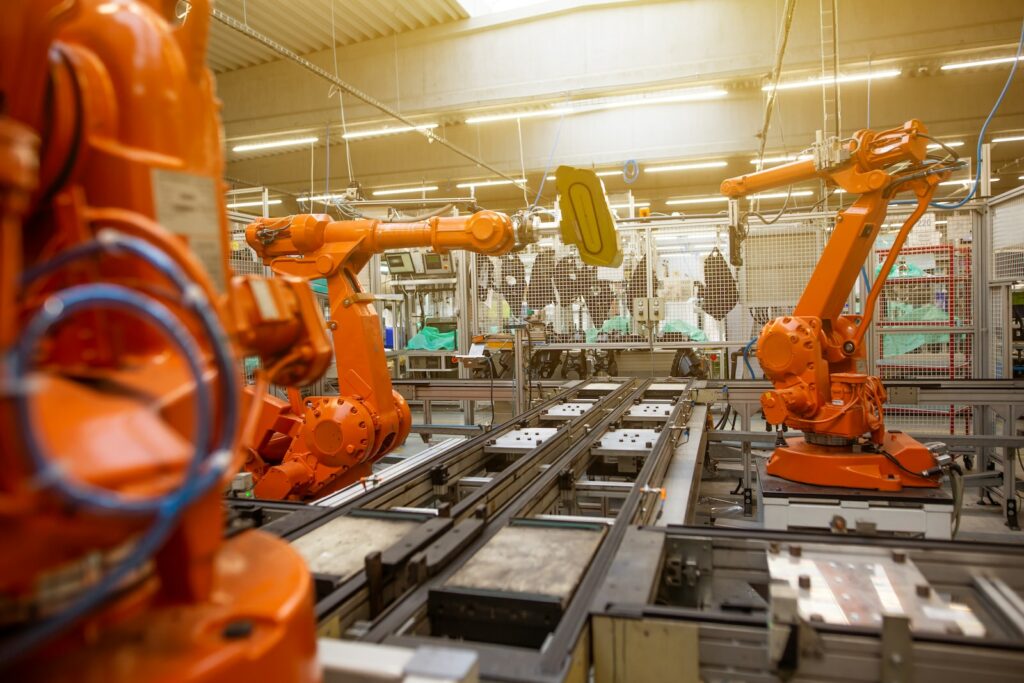The story of manufacturing over the last century or so has been one of mechanization. Thousands of jobs which were once done entirely by human beings are now being performed with the aid of machinery. This applies to every niche, from fashion to construction materials.
In more modern times, we’ve seen machines which can perform work more efficiently, sense what’s going on in the world around them, and make decisions about what to do based on this information. For example, a machine equipped with a proximity sensor might be able to determine the height of a given stack of products, and move the stack once it’s reached a certain threshold.
What is automation?
Put simply, automation is the process by which our activities are made automatic. It’s useful to think of automation as a sliding scale, rather than a simple on-off switch. So, you might think of one activity as being more automated than another.
Automation makes everything faster and more efficient
Automation is pursued because of the productivity benefits it confers. There are some jobs that machines are simply better at performing than human beings. For example, at the world’s largest baked bean factory, in Wigan, England, around three million cans are produced daily. This volume would not be possible were it not for a series of machines that variously cook, seal, and label the cans at extremely high speeds.
What about job losses?
There is a downside to this kind of automation. A report from the McKinsey Global Insitute predicted that 73 million US jobs could be eliminated by 2030. For every job being performed by a machine, it might seem that there’s the loss of a job being performed by a human being. In practice, however, it rarely works this way: displaced workers tend to be shifted into related positions where they can tackle different (and often more fulfilling) tasks.
Increasing safety
During the Covid-19 pandemic, machines were used to keep humans protected. They kept workspaces sanitized and performed work on assembly lines which helped humans to maintain a distance from one another. Similarly, machines can lift much heavier loads than human beings, reducing the risk for human workers in certain warehousing roles.
James Ward’s Thoughts on the Future of Business and Technology(Opens in a new browser tab)
Retraining required
In an increasingly automated manufacturing workspace, workers will need to be familiar with the technologies they’re bringing to bear. Where they’re being shifted to a different role, the appropriate training will need to be provided – and where these shifts are systemic and predictable, the industry has a chance to get ahead of the problem by providing the training opportunities proactively. Given the chance, many workers will embrace these opportunities!
